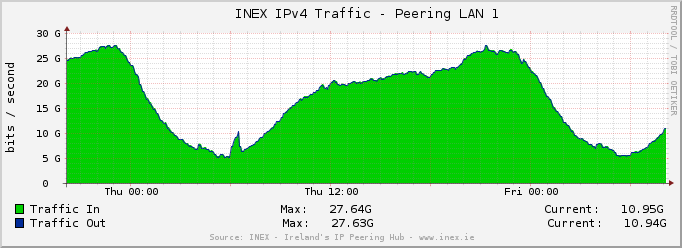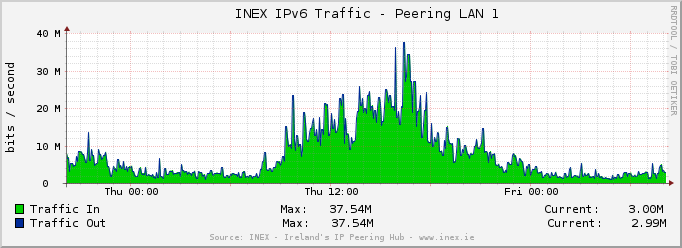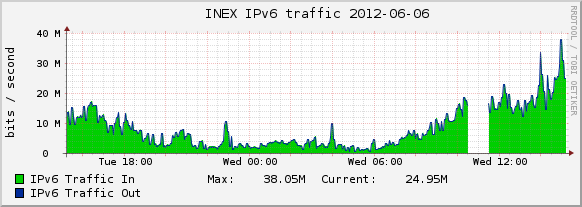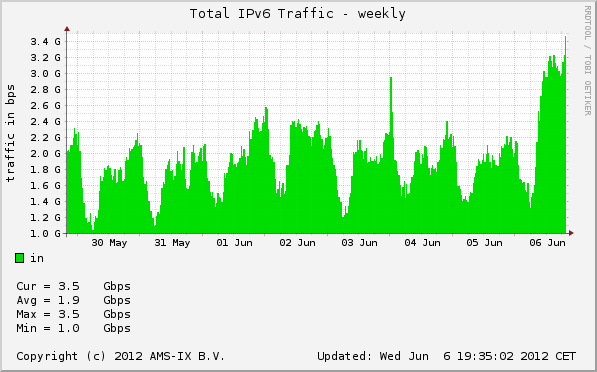In current projects, we tend to float between two branching models depending on the requirements of the customer / project and the planned deployment process.
git-flow
This was previously known as A successful Git branching model with an extremely detailed overview and instructions here. It has since spawned a project to help make using this model easier – git-flow.
This is a great branching model for a team of people who work towards creating planned versioned deployments (whether it be time based such as every second Tuesday, or milestone based).
In essence, this model uses two main branches:
origin/master– the main branch where the source code ofÂHEAD always reflects aproduction-ready state.origin/develop- where the source code ofÂHEAD always reflects a state with the latest delivered development changes for the next release. Some would call this the “integration branchâ€. This is where any automatic nightly builds are built from.
Then developers create supporting branches as part of their development process:
- feature branches – branched off
origin/developfor active development of a new feature / enhancement; - hotfix branches – a branch off
origin/masterto apply a critical fix to production code; - release branches – short lived branches off
origin/developwhich are used for final testing and patched before being merged toorigin/master.
The model works very well in practice and the above linked document is a excellent read on Git branching practices in general as well as git-flow in particular.
Github Flow
This is the model used at Github and discussed by Github developer Scott Chacon here.
This is suited for projects that deploy continuously rather than around the concept of releases and so it’s less constrained than git-flow. These are two very different models and Scott puts forth his arguments in favour of the Github model in his post linked above.
In essence, Github flow works as follows:
origin/masteris always deployable. Always.- Similarly to git-flow, new features are done in their own branch – but off of
origin/masterin this case. - Now, when you believe your new feature is complete, a merge request is opened so someone else can review and check your work. This is the QA process.
- Once someone else signs off, you merge back into
origin/master. - This is now deployable and can and will be deployed at anytime.
![NOCtools Asterisk Wallboard [NOCtools Asterisk Wallboard]](https://github.com/opensolutions/NOCtools/wiki/images/asterisk-wallboard.png)





